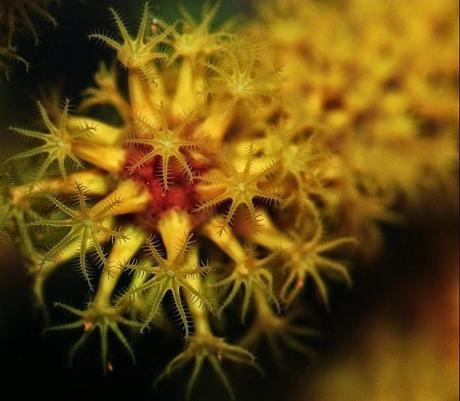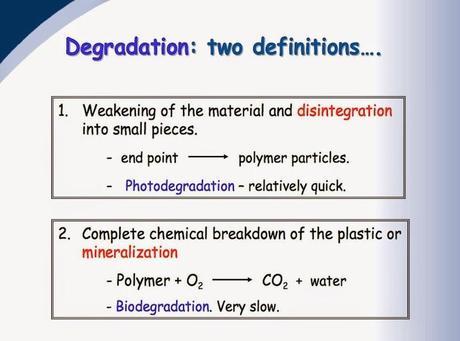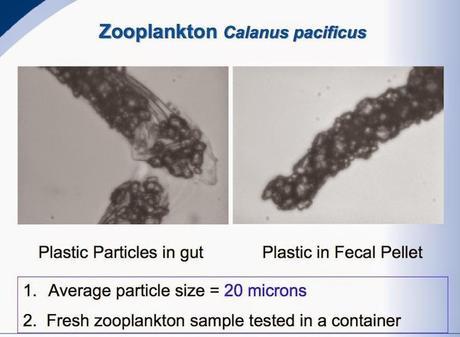
A suspension-feeding Octocoral, an Indo-Pacific Menella
Filter feeders are animals that consume by straining suspended matter and food particles from water, typically by passing the water over a specialised filtering structure.
A filter feeder, also known as a suspension feeder, is any animal that obtains food by filtering water for nutritious particles. The strategy of filtering small particulate matter out of the water has been occurring for over 400 million years, when suspension feeding was quite common in what is know as the Palaeozoic era.
Filter feeders range from the very small (krill) to the largest living animal, the blue whale which eats other filter feeders for food, namely zooplankton.
Generally the smallest of the Filter feeders are sea floor dwellers that soak up a mixture of mud and sand and a thin film of slime or ooze accumulates as a sort of pap at the interface of the water at the bottom, together with what other detritus might be mixed within it.
"The organic material available in this mixture on the bottom is fed upon by bacteria and other microorganisms such as Protozoa, nematodes, and rotifers, and the whole mixture in turn is consumed by larger detritus feeders." Source
See how the filter feeders consume their tucker by passing the water over a specialised filtering structure in this video.
Problem is discarded plastics are prevalent among the oceans of the world and broken down remnants of plastic items have now entered the food chain.

Plastics have now been found to break down to the nano-scale through a process of photo-degradation. The main problem with most discarded plastics are that they don't biodegrade. No natural process can break it down. Instead, plastic photo-degrades, and that means the plastic continues to disintegrate into smaller and smaller particles, over time.
For instance, a plastic cigarette lighter cast out to sea will fragment into smaller and smaller pieces of plastic without breaking into simpler compounds. The small bits of plastic produced by photo-degradation are called mermaid tears or nurdles.
These tiny plastic particles get sucked up by filter feeders and damage their bodies. Nurdles also have the insidious property of soaking up toxic chemicals. These poison-filled masses threaten the entire food chain, especially when eaten by filter feeders that are then consumed by larger creatures, into us via the seafood we eat.
Scientists have studied "the decomposition of polystyrene in the sea and found that it photo-degraded at temperatures of 86 degrees Fahrenheit (30 degrees Celsius).

Left behind in the water were the same compounds detected in the ocean samples, such as styrene trimer, a polystyrene by-product, and bisphenol A, a chemical used in hard plastics such as reusable water bottles and the linings of aluminum cans. Bisphenol A (BPA) has been shown to interfere with the reproductive systems of animals, while styrene monomer is a suspected carcinogen.
Once Styrofoam, for example, breaks down, the tiny polystyrene components start to sink, because they're heavier than water, and according to David Moore, this styrene pollutant is prevalent throughout the water column and not just at the surface.
Worth noting out, that the durability that makes plastic so useful to humans also makes it quite harmful to our health life and the environment, particularly when it's polluting our oceans and waterways.
"Research shows us that the solution to marine plastic goes further than avid recycling or refusing to litter, because the heart of the problem is a society built on disposable, single-use plastic. We need to kick the plastic habit." Source
The two slides used above are from this pdf.
